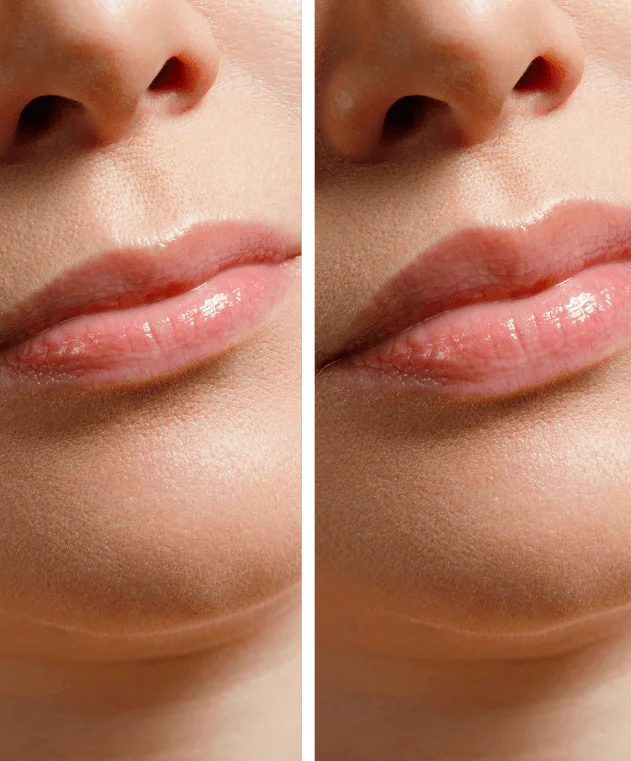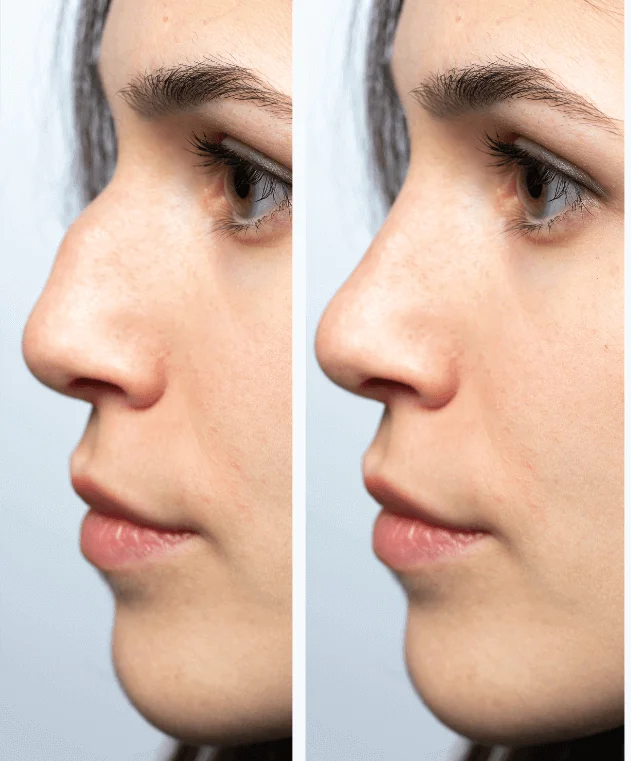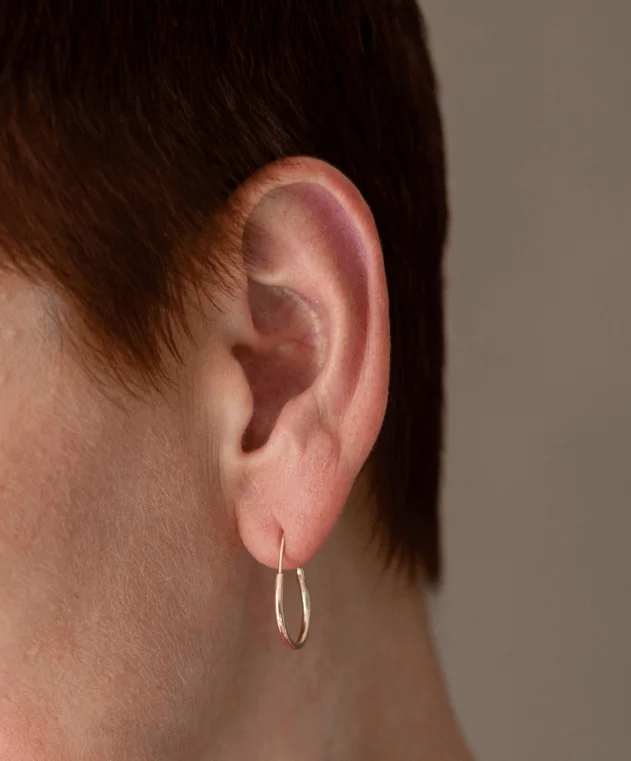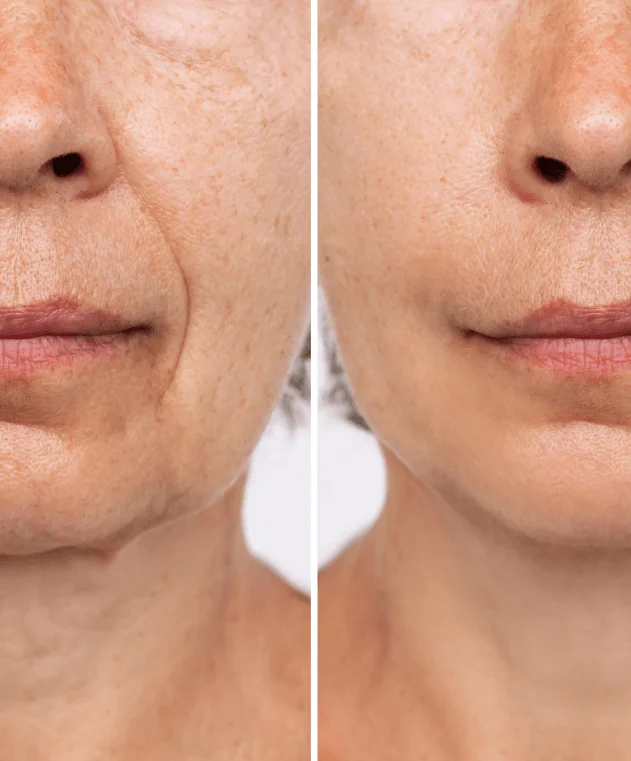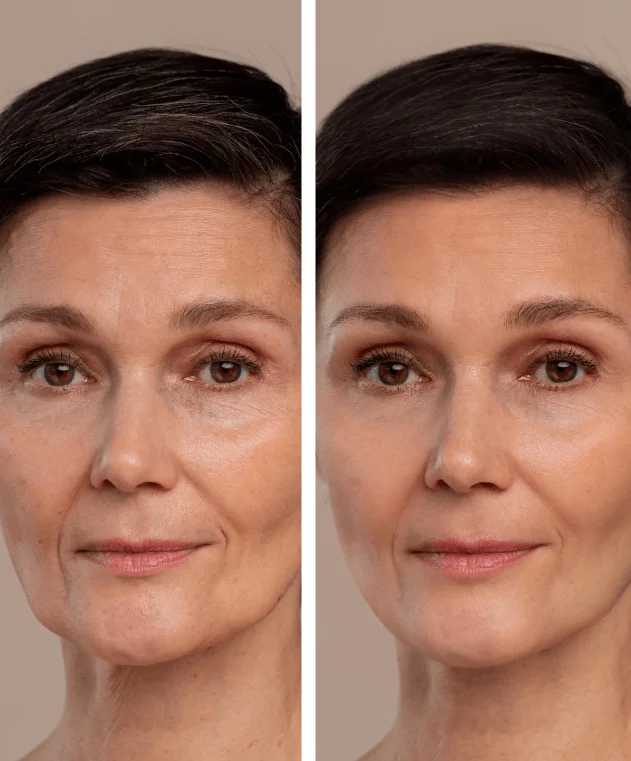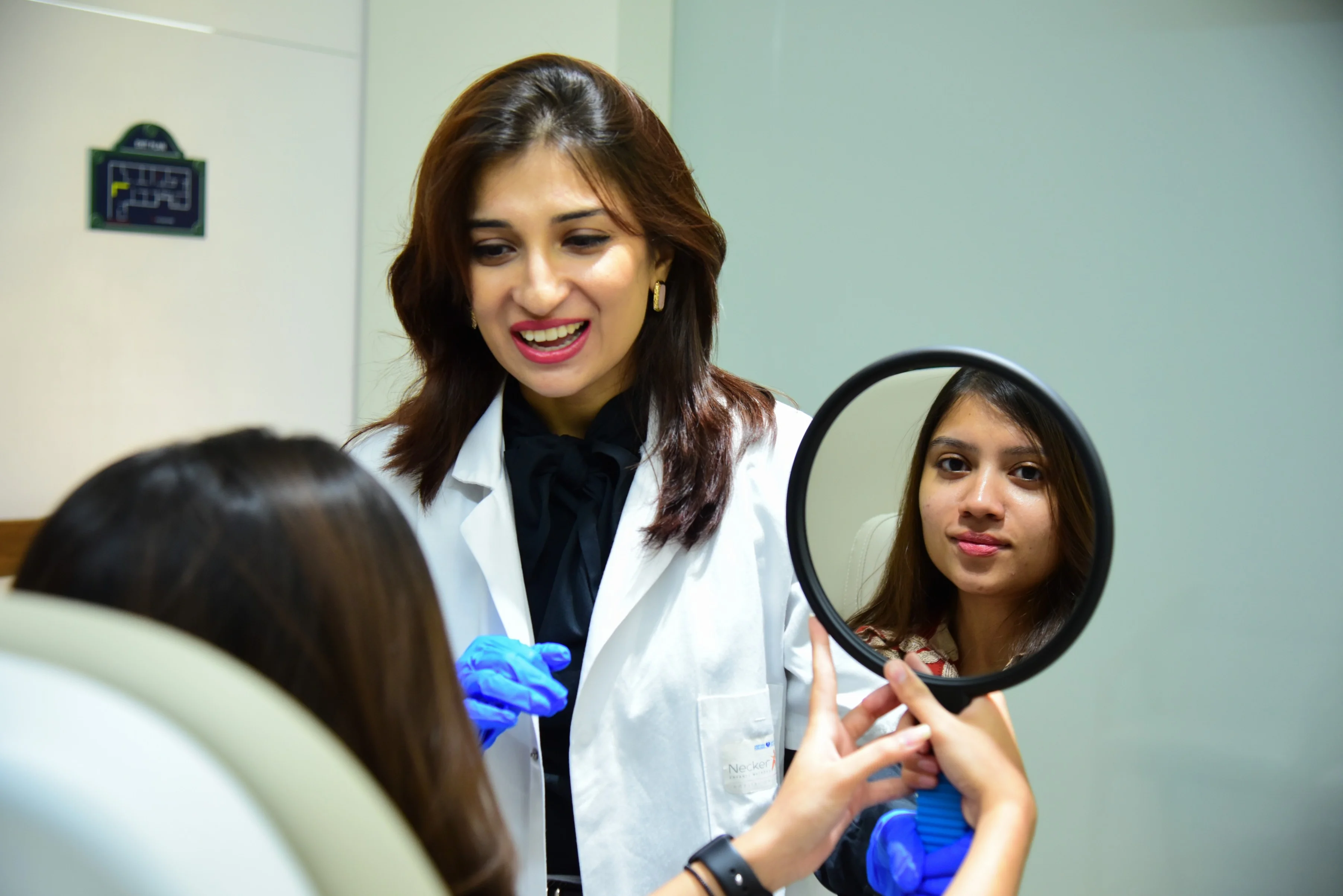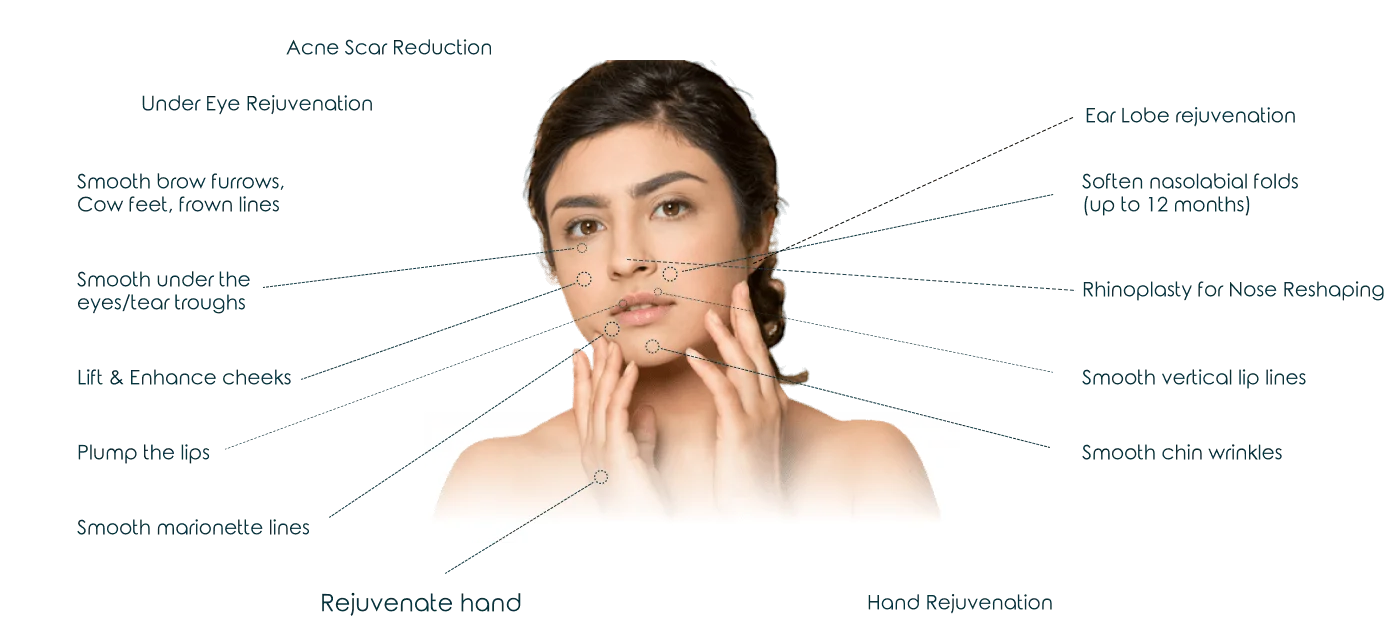Most common complications of dermal filler treatment are the temporary bruising around the injection site, swelling of facial features during the initial healing period and infection at the injection site. The risk of bruising can be minimized by using atraumatic cannulas which are our favourite. Infection during procedure can be avoided by performing treatments in clean, sterile environment by a trained and qualified professional.
However, very rare but severe complications like vascular compromise, necrosis and damage to the organ/tissue being supplied by the vessel, which is accidently blocked by filler, can also happen. Anatomy of human face is largely similar but not precisely same for every individual. Injecting without ultrasound guidance is like injecting blindly based on knowledge on anatomy. Unfortunately anatomy doesn’t follow 100% rules in all faces which can lead to accident even by the most experienced injector.
To avoid such accident, we always inject filler under ultrasound guidance. This helps us locate the vessel in real time while injecting under your skin and hence avoid the vessel safely and surely.





